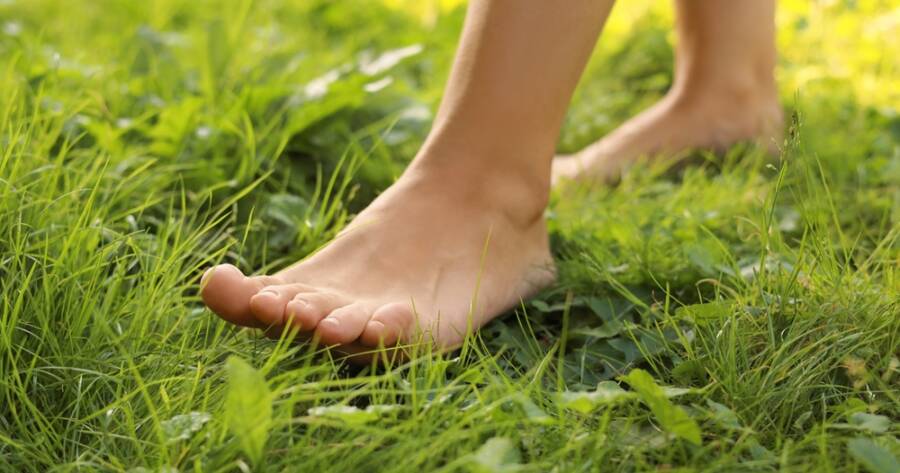Maintaining a weed-free lawn can be challenging, yet gardening professionals have honed strategies to streamline the process. By understanding weed types, implementing cultural practices, and strategically using herbicides, homeowners can foster healthier lawns. Comprehending the timing of treatments and responsible herbicide applications ensures environmental care and effective results. With the right strategies, anyone can cultivate vibrant, weed-free gardens with confidence, fostering sustainability and beauty across all seasons.
Gardening Professionals’ Secret for Controlling Lawn Weeds
For many homeowners, maintaining a pristine lawn is a daunting task, especially when it comes to controlling weeds. However, gardening professionals have developed effective strategies for weed management, particularly through detailed knowledge of weed types and growth patterns.
Understanding weed identification and growth is fundamental to implementing successful weed control. Recognizing common lawn weeds such as crabgrass, dandelion, and clover and categorizing them based on leaf classes and lifespans—annuals, biennials, or perennials—can guide gardeners in tailoring appropriate remedial actions.
Lawn Care Solutions
Adopting cultural practices is an essential step in promoting healthier lawns that can naturally outcompete weeds. By focusing on appropriate mowing heights, efficient watering schedules, and balanced fertilization, gardeners can enhance the vigor of lawn grasses over intrusive weeds.
In particular, adjusting these practices helps reduce the need for herbicides. Engaging in manual hand-weeding, especially after rainfall, can be highly effective for small areas and represents a chemical-free approach to lawn care.
Smart Use of Herbicides
The strategic use of herbicides is also a key aspect of lawn care solutions. Understanding the types of herbicides—preemergence and postemergence—and their targeted stages on weeds allows for better application strategies.
Preemergence herbicides prevent seed germination, while postemergence options tackle existing weed flora. For optimal effectiveness, the timing of these applications is crucial, aligning with specified growth stages.
Implementing Effective Herbicide Practices
Responsible herbicide application is of utmost importance to minimize environmental impact and ensure safety. As herbicide labels are legal documents, they provide comprehensive application guidelines, including proper techniques and safety precautions such as wearing protective gear. Observing weather conditions and avoiding application before rainfall prevent runoff and ensure herbicides remain effective.
When to Treat Your Lawn
Timing is crucial when it comes to herbicide application; professionals recommend the fall season, particularly between September and October, as an ideal period for treating perennial weeds.
During this time, weeds transfer energy to their roots, facilitating better chemical uptake. While spring treatments can be beneficial, they pose a higher risk to surrounding plants. Persistence is key, as some weeds may require repeated applications for complete eradication.
Why You Should Learn More About Lawn Care Solutions Today
Adopting professional strategies for controlling lawn weeds can significantly enhance the health and appearance of any lawn. By integrating cultural practices with strategic herbicide usage, homeowners can attain a more sustainable approach to lawn care.
Recognizing the importance of timing and responsible application not only protects the environment but also leads to lasting results. Learning these techniques empowers homeowners to manage their lawns confidently, ensuring a lush, weed-free environment throughout the seasons.




